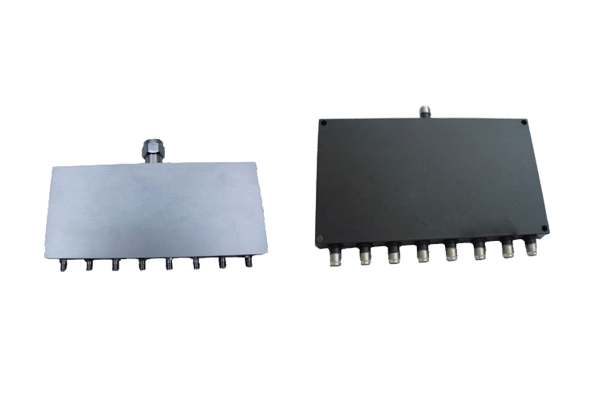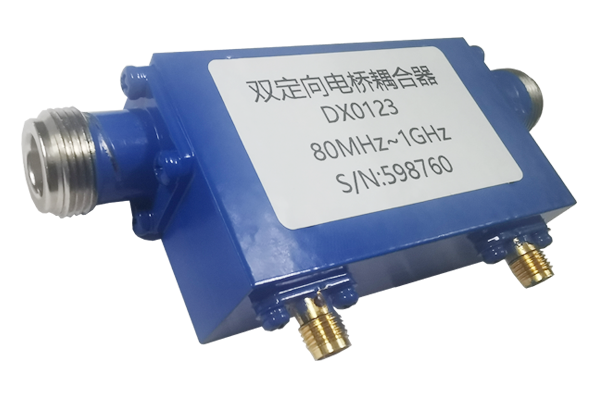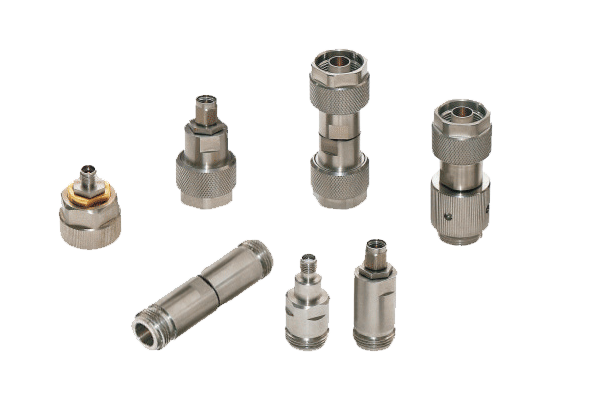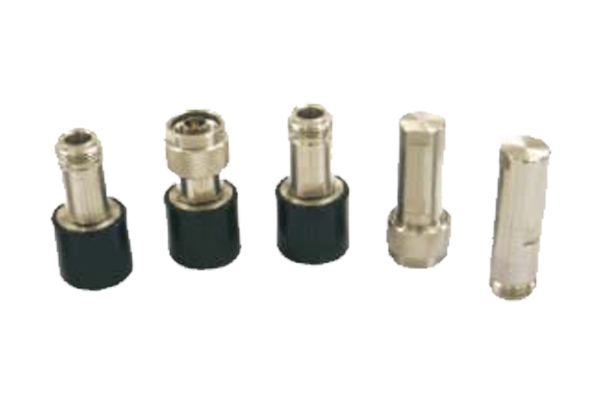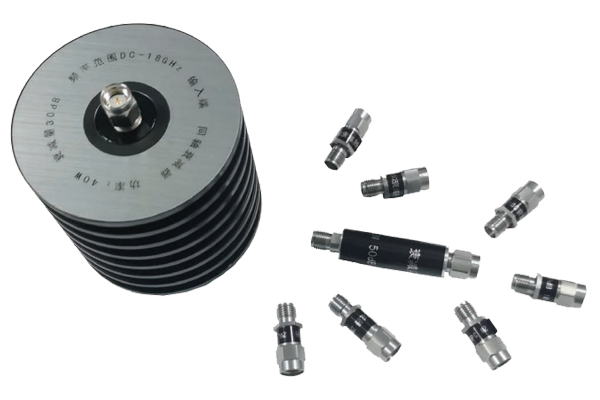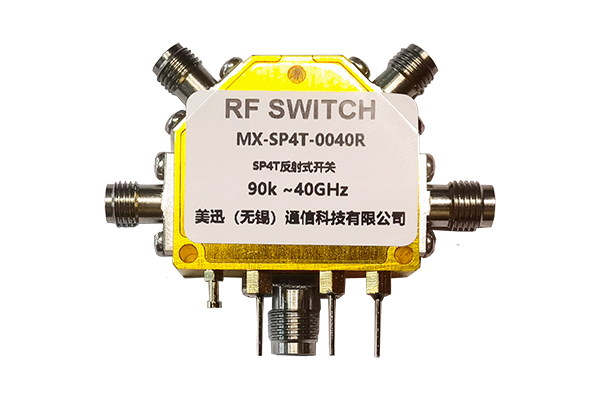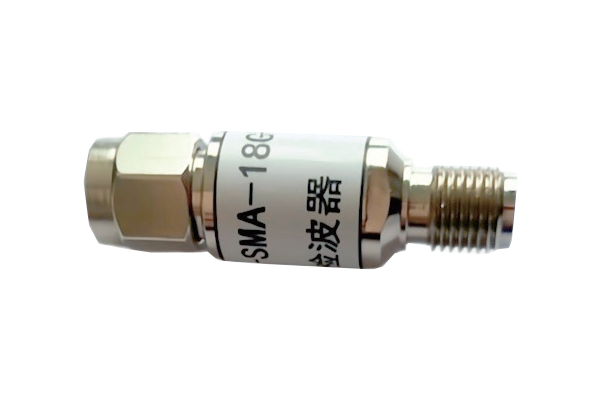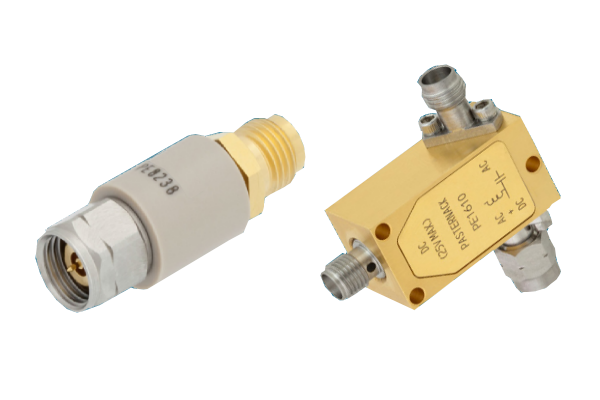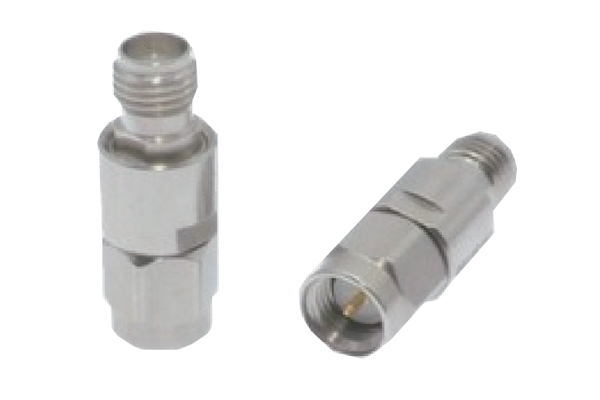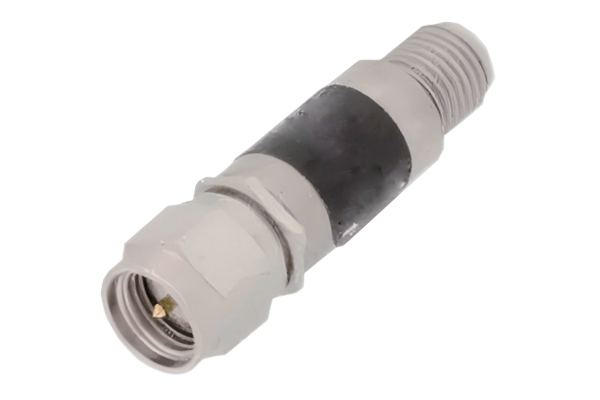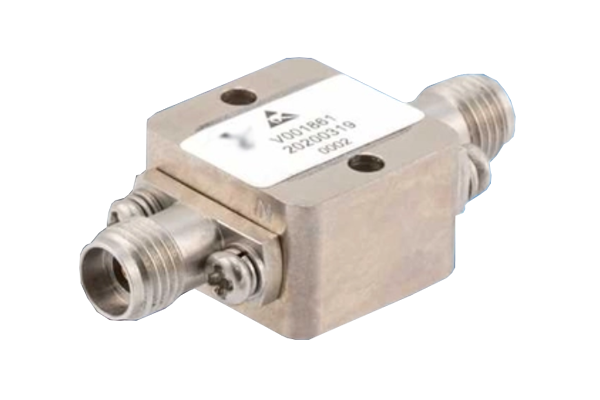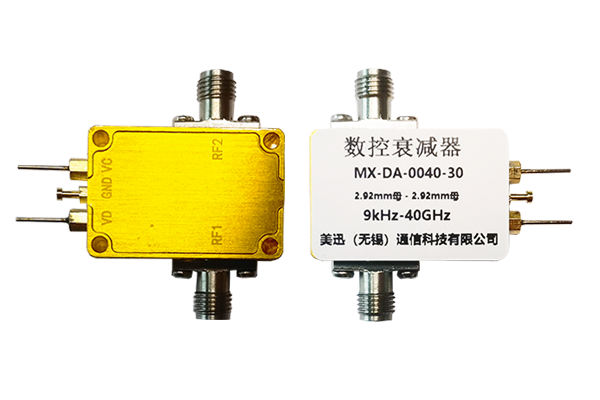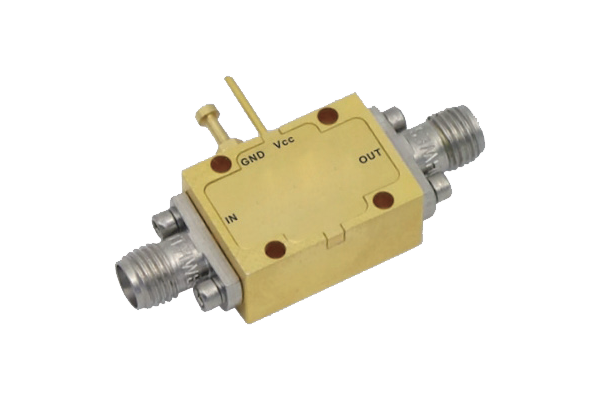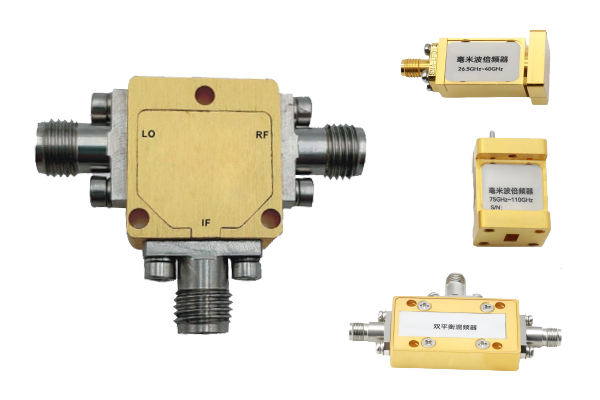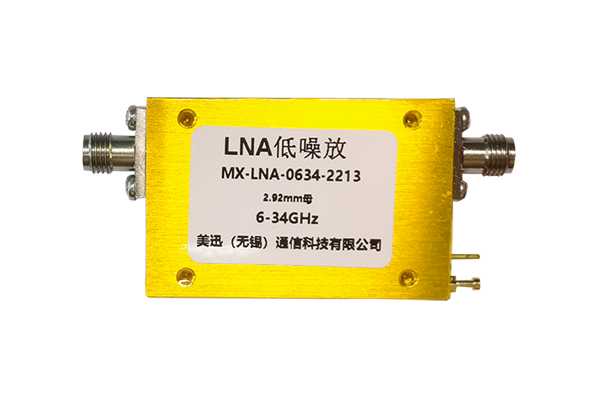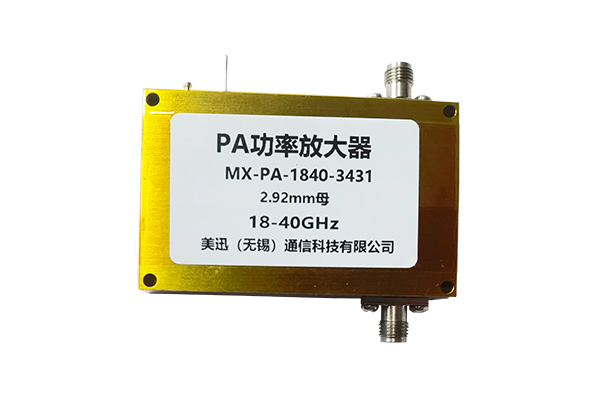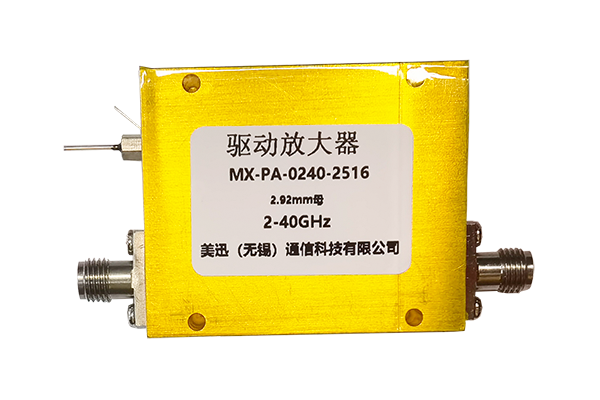How to reduce noise with low-noise amplifier
Low-Noise Amplifier (LNA) Noise Reduction Strategies
Key techniques for minimizing noise in LNAs through component selection, circuit design, and operational optimization:
1. Component Selection
- Active devices: Choose BJTs, JFETs, or HEMTs for low thermal/shot noise
- Passive components: Prefer metal film resistors over carbon composition
- Select components with low 1/f noise characteristics
- Use high-Q inductors to minimize thermal noise
2. Noise Matching
- Match input impedance to source impedance
- Implement LC networks or transmission lines
- Optimize for minimum noise figure rather than max power transfer
- Consider noise matching networks at RF frequencies
3. Circuit Topology
- Prefer common-source/emitter over common-gate/base
- Use differential amplifiers for common-mode rejection
- Consider cascode configurations for better isolation
- Implement current reuse techniques where applicable
4. Biasing & Operating Conditions
- Optimize quiescent current for minimum noise
- Maintain optimal VCE/VDS for transistor operation
- Lower operating temperature reduces thermal noise
- Use current sources for stable biasing
5. Layout & Packaging
- Minimize signal path lengths on PCB
- Implement proper grounding techniques
- Separate high/low frequency traces
- Use shielded packaging and coaxial connectors
6. Feedback Techniques
- Apply negative feedback judiciously
- Use controlled feedback to shape frequency response
- Avoid feedback that increases noise contribution
- Consider noise-canceling architectures





